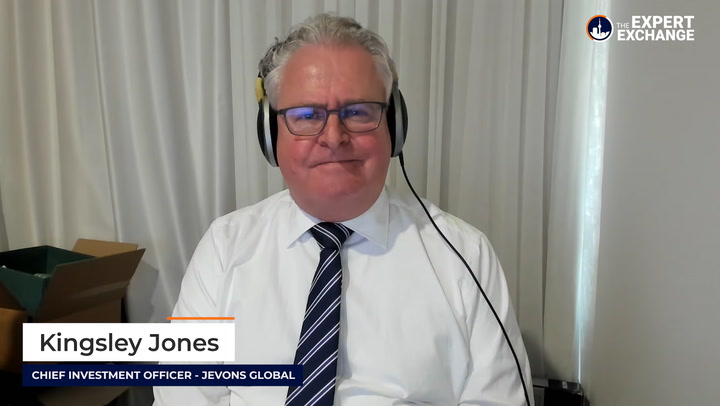- A new report from the Productivity Commission says it’s not a lack of jobs but a decline in job quality that will plague young Australians in the future
- The report reviewed data from the end of the GFC until 2018 and found that job satisfaction and wage growth for young workers declined severely following the recession
- The paper found the “occupational score” for young Australians was lower as even those with bachelor degrees struggled to land jobs in their desired field
- While this data pre-dated the COVID-19 recession, the paper suggested the pandemic could exacerbate these economic scars
- Essentially, the paper suggests the unemployment rate may no longer be useful as the primary measure of the health of the job market
- Thus, while unemployment is expected to peak at the end of 2020 and then recover, the real damage from the COVID-19 crisis to the jobs market could be realised for decades to come
While the unemployment rate has surged in the face of COVID-19 woes, a new report from the Productivity Commission says it’s not a lack of jobs but a decline in job quality that will plague young Australians in the future.
The paper, titled “Climbing the jobs ladder slower: Young people in a weak labour market”, examined the job satisfaction and availability for young Australians from the end of the Great Financial Crisis through to 2018.
The paper showed that while unemployed recovered within five years of the GFC, a weak labour market was reflected in slow wage growth and in job seekers finding part-time work or less-attractive jobs.
The paper uses a zero-to-100 “occupational score” developed in 2006 by the Australian National University as a function of the average education required for a job and the average earnings in that occupation. For example, medical practitioners score 100, while arts professionals score in the high 70s and hospitality jobs like cafe workers and waitstaff score in the 30s.
The report found that while unemployment recovered, these occupational scores for workers between the age of 20 and 34 drastically decreased. According to the report, this suggests young people who have completed university studies have been having a harder time finding jobs in their desired field than before the GFC, resulting in lower wages and job satisfaction.
Wage growth woes
The Productivity Commission report found that workers between the age of 20 and 34 experience “nearly zero growth in real wage rates” from 2008 to 2018. At the same times, workers between 15 and 24 had more part-time jobs and fewer full-time jobs. Wage growth for older workers remained steady over this period.
Interestingly, the report said that young workers who stayed at their job for more than a year actually experienced faster wage growth than older workers. This means young people are changing jobs far more often than older people, again lending weight to the idea that they can’t find a job in the field they want.
On top of this, young people are being forced to take lower starting salaries as a slump in higher-end job supply reduces their bargaining power. As such, young people aged 25 to 34 with bachelor degrees were “substantially worse off in 2018 than in 2001”, the report said.
“This is consistent with the growth in the supply of skilled people exceeding the growth in demand for those skills, resulting in increased competition for high-scored occupations.”
The Productivity Commission, July 2020
This means workers with degrees are forced to compete for jobs which require little education, meaning the outcome is then worsened for young people without bachelor degrees.
What does this have to do with COVID-19?
The study does not count any data after 2018, meaning the data pre-dates the COVID-19 recession.
The Commission said, however, that this means the data is of “heightened salience” in present circumstances.
The 2008 recession left some damaging “scarring” on job opportunities for young people. Now, with thousands of young Australians thrown out of a job due to the pandemic, the reduced job opportunities from the recession over a decade ago are likely to be exacerbated by the new economic crash.
“This scarring could last some time,” the paper said.
“Also, while some young people might choose to pursue further study, and return to the job market when conditions are more favourable, this paper suggests that, if labour markets continue to be weak, additional education can lead to a mismatch between existing job opportunities and aspirations.”
Essentially, the paper suggests the unemployment rate may no longer be useful as the primary measure of the health of the job market.
Thus, while unemployment is expected to peak at the end of 2020 and then recover, the real economic damage from the COVID-19 crisis could be realised for decades to come.








